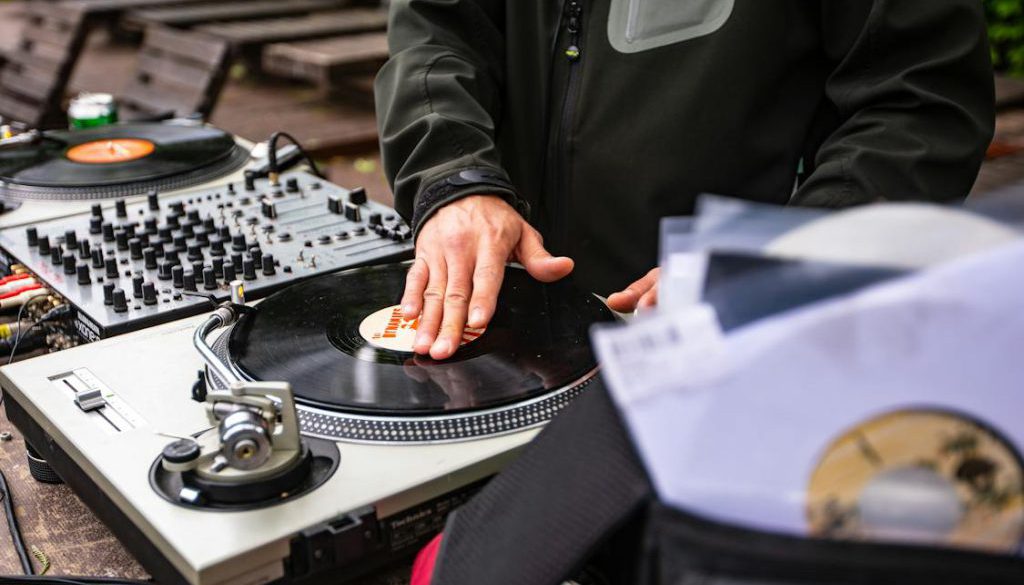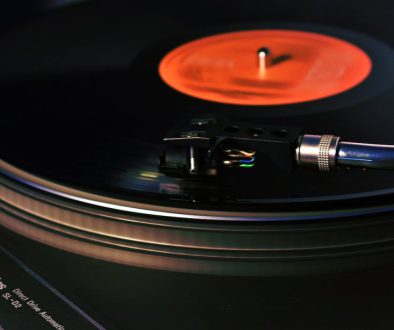Turntablism – What is This?
Turntablism is a fascinating and intricate art form that transcends the traditional boundaries of music and DJing. It transforms the turntable from a mere playback device into a full-fledged musical instrument. This article delves into the world of turntablism, exploring its definition, history, key figures, the distinction between a DJ and a turntablist, and the complexity of this unique skill.
What is Turntablism in Music?
Turntablism is the art of manipulating sounds and creating music using turntables and a DJ mixer. Unlike traditional DJing, which primarily focuses on the seamless blending of tracks, turntablism involves techniques like scratching, beat juggling, and mixing to create new sounds and rhythms. Turntablists use their skills to manipulate vinyl records, altering pitch, tone, and timing to produce a performance that can stand alone as its own musical expression. It’s a highly creative process that relies on both technical skill and musical inventiveness.
Who Popularized Turntablism?
Turntablism was popularized by pioneering DJs in the hip-hop scene, particularly in the United States during the 1970s and 1980s. DJs like Grandmaster Flash, DJ Kool Herc, and Grand Wizard Theodore are often credited with the early development and popularization of turntablism. Grand Wizard Theodore is famously known for inventing the scratching technique, while DJ Kool Herc’s break-beat DJing laid the groundwork for turntablism’s rhythmic patterns. These innovators not only developed the techniques but also influenced the culture and style of turntablism.
What is the Origin of Turntablism?
Turntablism’s origins can be traced back to the Bronx in the 1970s, where hip-hop culture was emerging. DJs began experimenting with their turntables, treating them as instruments to create new sounds. They developed techniques like scratching (moving the record back and forth under the needle) and beat juggling (manipulating two copies of the same record on two turntables to create a new beat). This experimentation was integral to the birth of hip-hop music and culture, and it laid the foundation for turntablism as an art form.
What is the Difference Between a DJ and a Turntablist?
While the terms DJ (disc jockey) and turntablist are often used interchangeably, there is a distinct difference between the two. A DJ primarily focuses on selecting and playing music for an audience, aiming for seamless transitions between songs to maintain a continuous flow of music. A turntablist, on the other hand, is more akin to a musician, using the turntable as an instrument to manipulate and create music. Turntablism involves more complex techniques like scratching and beat matching, requiring a higher level of skill and creativity.
Is Turntablism Hard?
Turntablism is considered a challenging art form that requires practice, dedication, and a deep understanding of rhythm and music. It’s not just about playing records but transforming them into an entirely new form of expression. Aspiring turntablists must develop fine motor skills, timing, and a sense of musicality. The learning curve can be steep, but with patience and practice, it can be an incredibly rewarding artistic endeavor.
Conclusion
In summary, turntablism is a unique and dynamic element of DJ culture, demanding both technical prowess and creative vision. It’s a testament to the endless possibilities of music and sound, showcasing how traditional boundaries can be redefined and expanded. Whether as a hobby or a professional pursuit, turntablism continues to inspire and evolve, contributing significantly to the landscape of modern music.



